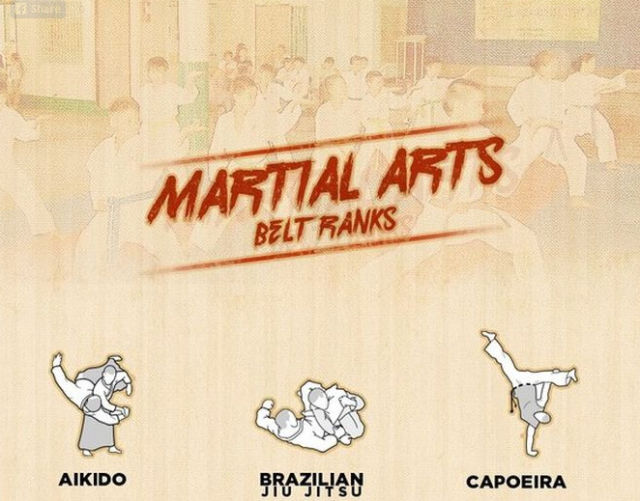The Background And Advancement Of Martial Arts Around The Globe
The Background And Advancement Of Martial Arts Around The Globe
Blog Article
Web Content Author-Kaufman Vick
Martial arts have a fascinating history that extends centuries and continents. You may locate it appealing how old methods like Shuai Jiao and Kalaripayattu laid the groundwork for modern-day fight strategies. These self-controls not just emphasize physical abilities yet likewise reflect the cultures that birthed them. As you discover their development, take into consideration exactly how globalization has actually changed these traditional types right into crossbreed styles. What what are the types of martial arts do you believe have shaped today's martial arts landscape?
Ancient Martial arts: The Structures of Fight
As you explore the globe of old martial arts, you'll uncover the rich foundations that formed battle techniques throughout cultures. Early methods concentrated on Self-Defense and survival, commonly integrating strikes, grappling, and weaponry.
In ancient China, as an example, techniques like Shuai Jiao highlighted tosses and joint locks, while India's Kalaripayattu showcased dexterity and fluid movement. Japanese samurai established Kenjutsu, a polished swordsmanship that highlighted self-control and strategy.
These martial arts offered not just for fight yet also as a way of personal development, instilling values like respect and determination. The mixing of these techniques in time laid the groundwork for the diverse martial arts you see today, each mirroring the special ideologies and needs of its culture.
The Cultural Influence on Martial Arts Advancement
While martial arts usually mirror the practical requirements of a culture, they additionally embody the cultural worths and beliefs of their beginnings. When you explore different martial arts, you'll see just how they're influenced by religion, ideology, and social standards.
For example, the emphasis on respect and self-control in Japanese martial arts stems from Zen Buddhism and samurai culture. In contrast, Brazilian Jiu-Jitsu advertises adaptability and technique, formed by the demand for performance in a varied, modern atmosphere.
You might find that the rituals, uniforms, and training methods reflect an area's history and identity. By comprehending these social influences, you strengthen your gratitude of martial arts and their duty in shaping human experiences around the world.
Modern Adaptations and the Globalization of Martial arts
Martial arts have actually changed dramatically in recent years, adjusting to contemporary society and international impacts. please click the next document 'll discover that traditional forms have mixed with modern-day techniques, producing hybrid styles like MMA. These adjustments accommodate varied target markets, making martial arts easily accessible and appealing worldwide.
With the rise of social media and digital platforms, you can find tutorials and competitors from all edges of the globe, damaging geographical barriers. This globalization has actually led to a common gratitude for various disciplines, from Brazilian Jiu-Jitsu to Taekwondo.
As you engage with these arts, you'll understand they're not nearly fight; they advertise fitness, discipline, and mental health.
Eventually, modern adjustments have actually enriched the martial arts landscape, making it a vibrant and advancing method.
Final thought
In exploring the background and evolution of martial arts, you reveal an interesting blend of strategies, cultures, and ideologies. From old techniques like Shuai Jiao and Kalaripayattu to the modern-day versatility seen in mixed martial arts, martial arts show humanity's quest for Self-Defense and individual development. As you involve with these methods, you not just acquire abilities yet likewise a much deeper appreciation for the varied customs that shape our world today. So, proceed your trip and welcome the art of combat!
